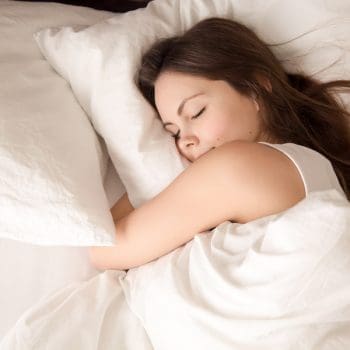
Forget the minibar, sleek lobby and mints on the pillow. If hotels really want to build loyalty and delight their customers with stand-out lodging experiences, they need to focus on the bed. According to the J.D. Power 2019 North America Hotel Guest Satisfaction Index (NAGSI) Study, quality of sleep is one of the most important components of a hotel guest experience with the potential to drive overall satisfaction and brand loyalty, but the majority of hotels are not delivering better-than-expected sleeping conditions.
“Delivering a superior sleep experience—from the quality of the bed, linens and pillows to the ambient sound and temperature of the room—is a huge opportunity for hotels to differentiate themselves from the pack and earn significant goodwill with guests,” said Jennifer Corwin, Senior Manager of Consumer Insights for Travel & Hospitality Intelligence at J.D. Power. “Of all the discrete variables of the hotel guest experience we measure, a better-than-expected night’s sleep is the one with the potential to drive the highest levels of overall guest satisfaction for those hotels that can deliver.”
Now in its 23rd year, the North America Hotel Guest Satisfaction Index Study was redesigned this year to incorporate much deeper guest profiling information and extended coverage of the full hotel customer journey, including the path to purchase, pre-stay communications and post-stay communications. The study also now includes property-level information throughout North America, updated food and beverage metrics and inclusion of vacation rental utilization metrics.
Following are some key findings of the 2019 study:
• More zzzs, please: Overall satisfaction scores increase 114 points (on a 1,000-point scale) when hotel guests experience a better-than-expected quality of sleep. However, just 29% of hotel guests had such an experience. Of guests who do experience better-than-expected quality of sleep, 78% say they “definitely will” return to that property and 71% say they “definitely will” return to that brand.
• The anatomy of a good night’s sleep: The top contributors to quality of sleep and, therefore, higher satisfaction scores, are comfort of bed; quietness of room; comfort/quality of pillows; room temperature; and comfort/quality of linens. Satisfaction scores for quality of sleep are also higher when hotels offer beyond-the-basics items, such as white noise/sound machines, earplugs, robe/slippers and authentic local decor.
• Quality of sleep directly correlated to price of room: The highest rate of better-than-expected sleep quality is in the luxury hotel segment (42%), followed by the upper upscale (33%), upscale (31%), upper midscale (28%), midscale (28%) and economy (23%) segments.
• Arrival and check-in experiences present opportunity to shine: The key elements of the check-in experience consistent with high hotel guest satisfaction scores are efficiency (ideally takes five minutes or less); accuracy; and offering a warm welcome. When any of those baseline criteria are not met, satisfaction scores tumble as much as 100 points.


















